Now you're having fun! This is great. And I see like myself you found an ingenious use for the local iron. I wondered for years what those darn things were for and then it hit me. To iron flat my plans! I also use a board and mount the plans too. Beats a PC screen and they don't need batteries. Carry on great sir!
today's work
Collapse
X
-
-
I love the fact you use carbon paper for finding binding areas. Simple, but really ingenious. The rods through the sail, are they used just to set the "floors" for the masts?If you can cut, drill, saw, hit things and swear a lot, you're well on the way to building a working model sub.Comment
-
Yeah. My Mom worked for the nations leading Cardiologist and transcribed all his papers. That ream of carbon paper was hers, at least 50 years old and still has its ginger! I learned the marking-high-spots trick at Tappan Junior High-school wood-shop class. Notice that I also used ground black chalk to identify interference fit areas on the two mast platforms.
Yes, the two 1/16" brass rods establish the bottom mast platform position within the sail. Today I replace these with little 'tits' that will extend about 1/16" into the sail -- they will do the same job as the rods, but will permit creation and removal of the rubber core that will be part of the eventual rubber sail tool. Fore example, I show the tool used to create the resin sails for Bob's 1/96 BLUEBACK kit.
Who is John Galt?Comment
-
-
Where was I?... Oh, yeah. Model building.
Getting the 1/96 BLUEBACK kit checked out and readied for another season of fun I found that the upper hull had warped open much wider than the lower hull -- the two no longer shared a tight, in line, separation. This is how I went about heat-warping the upper hull back into alignment:
As GRP structures have 'some' thermoplastic properties -- the ability to use heat (sometimes a risky operation) and stress to slightly reshape a structure -- I employed a fixture to hold the heated hull to the desired shape as it cooled and (hopefully) assumed the correct geometry once removed from the fixture.
The whole disaster was the result of pulling the still green GRP upper hull from its tool too soon after fabrication. That original sin committed about eight years ago. Lesson learned!
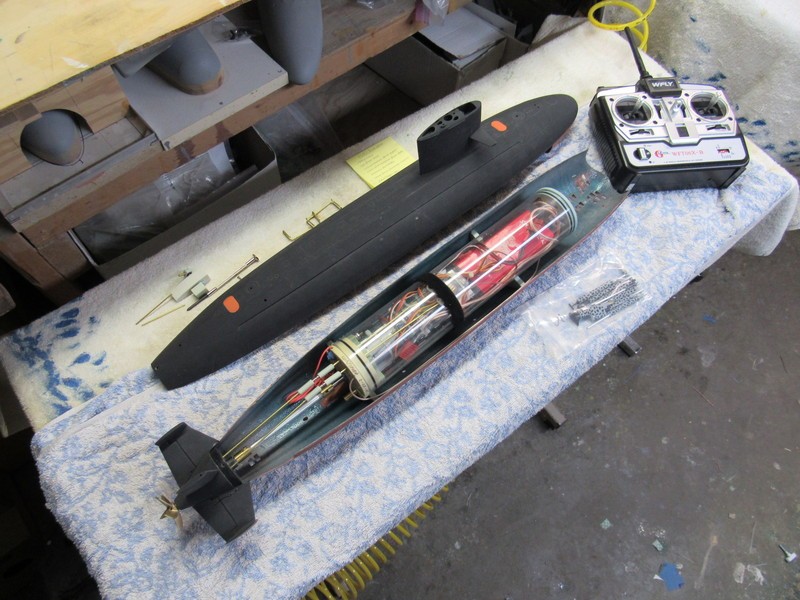
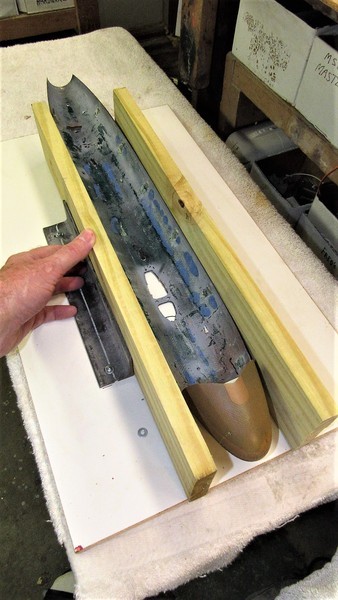

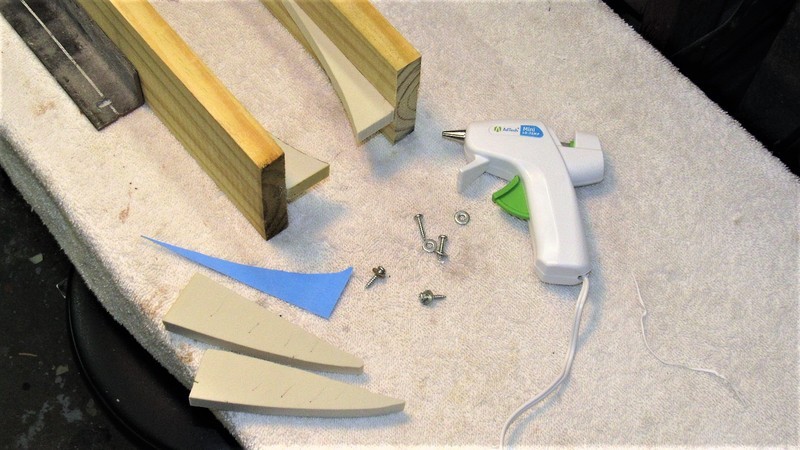
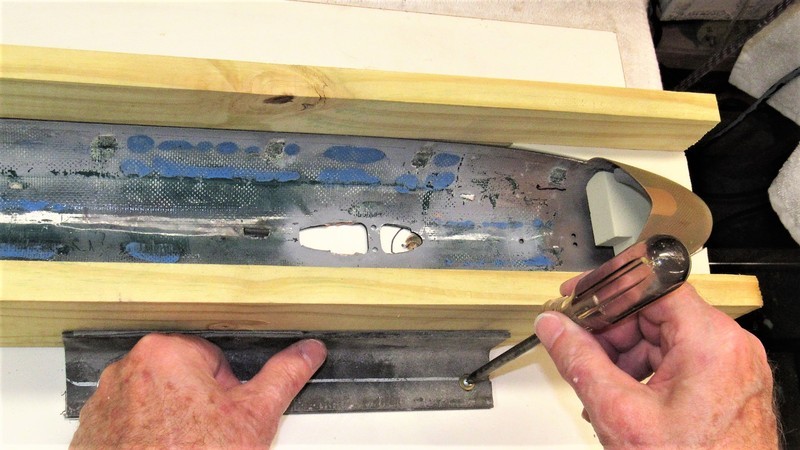
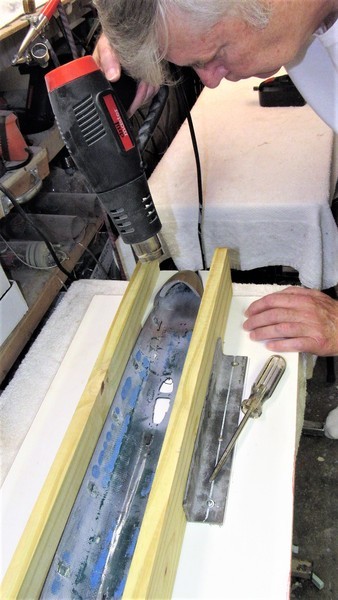
David
Who is John Galt?Comment
-
Comment
-
Comment
-
I think that picture pretty much sums up my last few months. **** it!... back to the real world.
DavidWho is John Galt?Comment
-
Good to see you're keeping busy.
Remember we're always here for you...asking stupid questions.Last edited by redboat219; 07-08-2021, 09:00 PM.Make it simple, make strong, make it work!Comment
-
Of the approximately 40,000 men who served on U-boats in WWII, it is estimated that around 28,000 to 30,000 lost their lives.Comment
-
That 1/96 Blueback, that's your 2.4ghz boat right? No ballast tank, just weighed down with only the top of the sail showing for the 2.4ghz antennae.
Since you're running already submerged. Do you still need operational dive planes at this point? Can we just go using those 2(3 )ch radio ( throttle and steering).Make it simple, make strong, make it work!Comment
-
Back when I was working for Mr. Caswell -- who purchased most of the Dave Manley (Small World Models) submarine tooling -- I assembled two BLUEBACK kits. One for him. One for me. He only wanted the dynamically diving version, which was pictured in the recent post. Me, I wanted a fully capable static diver.That 1/96 Blueback, that's your 2.4ghz boat right? No ballast tank, just weighed down with only the top of the sail showing for the 2.4ghz antennae.
Since you're running already submerged. Do you still need operational dive planes at this point? Can we just go using those 2(3 )ch radio ( throttle and steering).
Bow or fairwater planes on a dynamic diver is a waste of time and effort -- just go with the stern planes and be happy if you can credibly go up-and-down.
His was operating at 2.4 gHz. Mine at, 75mHz.
Sorry about the confusion. I included that photo to show how the upper and lower halves of the model were held together by indexing lips.
DavidWho is John Galt?Comment



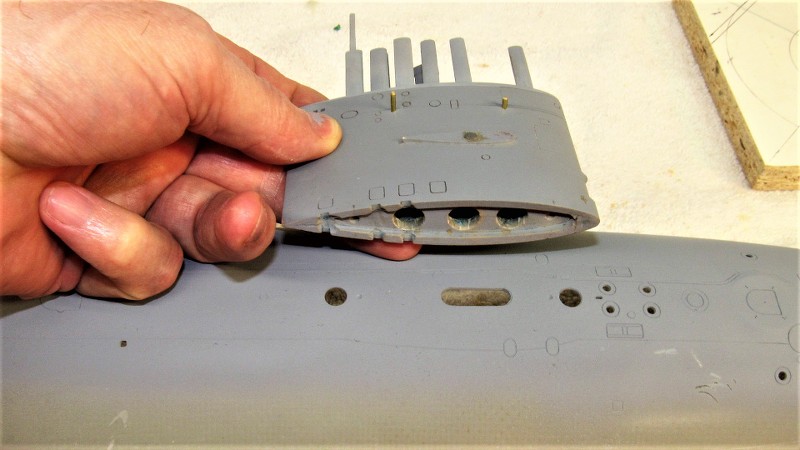
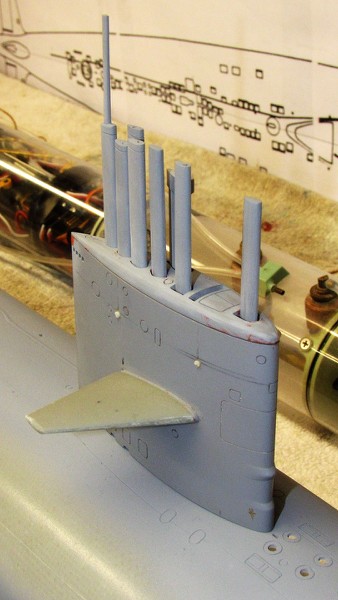
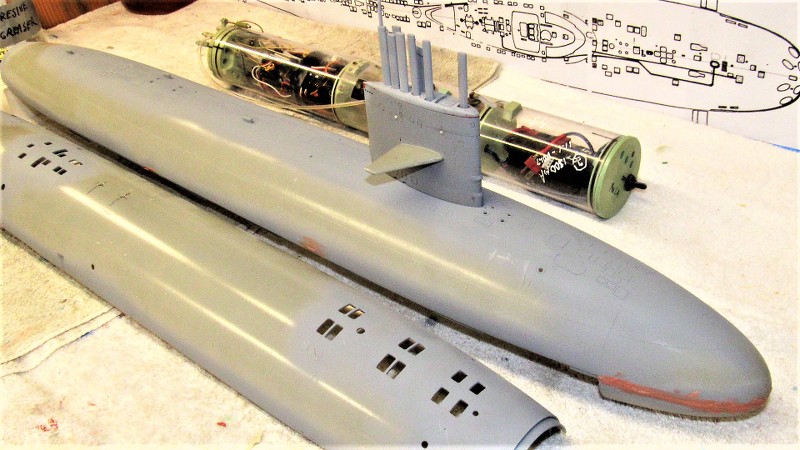
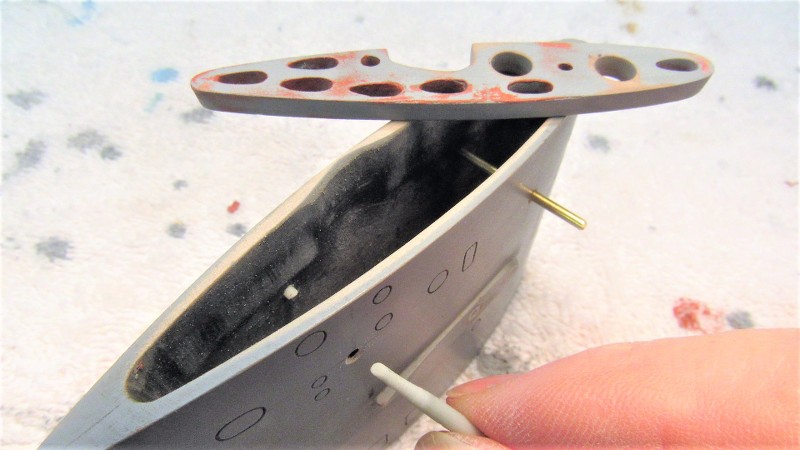
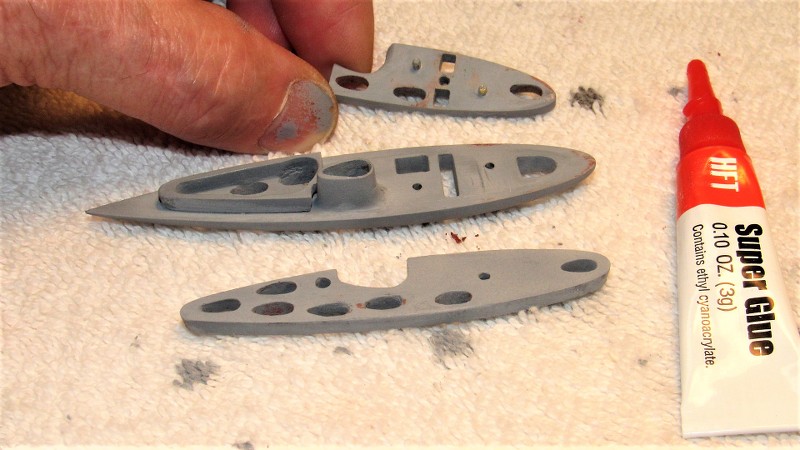
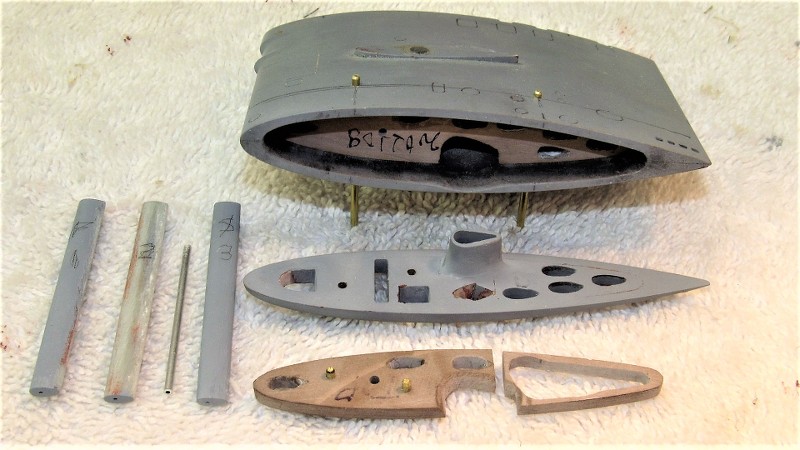
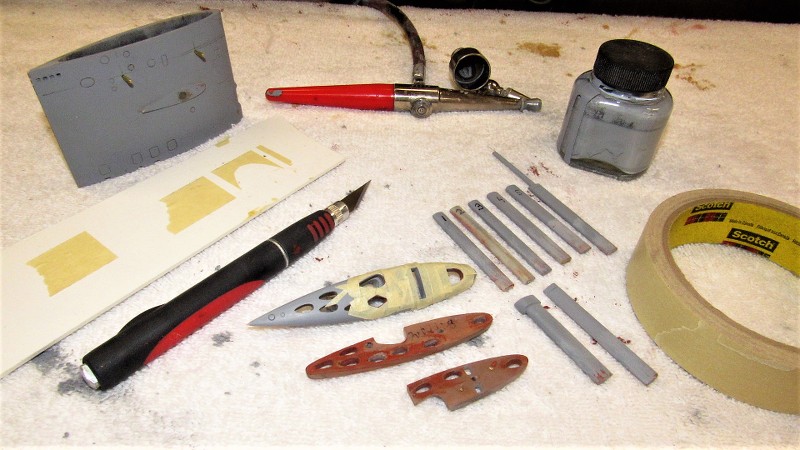



Comment